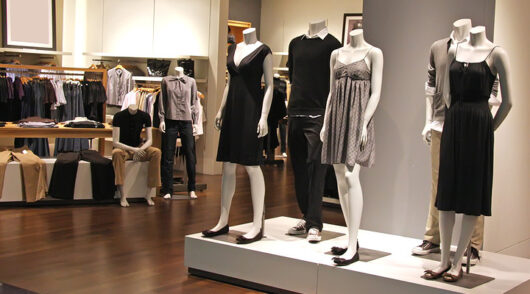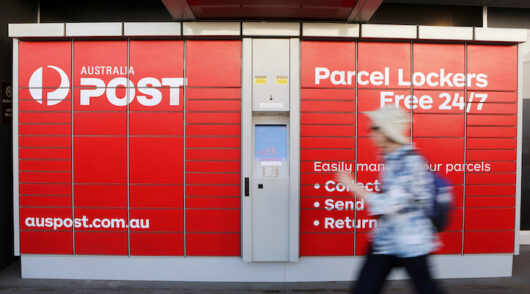
Retailers including Accent Group and Myer remain committed to reducing their reliance on markdowns to generate more profitable sales, but they are swimming against the current, as new research reveals just how much consumers love sales.
According to PayPal’s 2019 “Trends Report”, released on Tuesday, 68 per cent of Australian consumers are always on the lookout for an online sale or discount, and half of consumers have waited for an item to go on sale before buying it online.
That figure increases to 73 per cent for Gen Z, and 65 per cent for Gen Y (millennials), while 16 per cent of consumers say they only shop online when items are on sale.
The most popular times to shop online for bargains are Boxing Day and End of Financial Year, followed by Black Friday, which is ahead of the home-grown ‘Click Frenzy’ sale event.
Amazon Prime Day is currently the least popular sale event, though that could change, seeing as Amazon has only been operating in Australia for around 18 months.
Australia’s biggest sales periods by consumer participation, PayPal
| Boxing Day Sales | 44% |
| End of Financial Year | 44% |
| Black Friday | 33% |
| Mid-Season Sales | 33% |
| January Sales | 21% |
| Click Frenzy | 17% |
| Cyber Monday | 17% |
| Back-to-School | 11% |
| AfterYay | 6% |
| Amazon Prime Day | 6% |
According to the report, consumers are more likely to participate in sale periods than retailers, with 73 per cent of the former participating, compared to 59 per cent of the latter.
But Peter Cowan, PayPal’s director of mid-market and small business partners, said there are benefits to participating in sale events, even though discounting may be a challenge for retailers.
“We found that over a third of Australians (37 per cent) have bought a brand online they wouldn’t usually buy because it was on sale, which is huge for smaller retailers wanting to build brand awareness and win new customers,” Cowan said in a statement.
According to the report, in the last quarter alone, the average shopper bought 2.7 impulse items and spent $108 on unplanned purchases because they saw items on sale. Gen Y were the biggest impulse spenders, buying an average of 3.6 unplanned items at a cost of $145 in the last three months.
In addition, 53 per cent of retailers said sales help them to attract new customers, and 39 per cent said online sales increase revenue.
Just under half of all sale shopping (49 per cent) now occurs. However, around two thirds of younger consumers prefer to shop the sales online. This means retailers need to be thinking digital first, according to Cowan.
“If you’re on sale – you’ve got to be online and mobile-optimised, particularly if you’re targeting youth markets, where the majority do their online sale shopping via mobile,” he said.
“Retailers should also think outside of the traditional sales periods and consider offering their customers personalised discounts throughout the year.”





